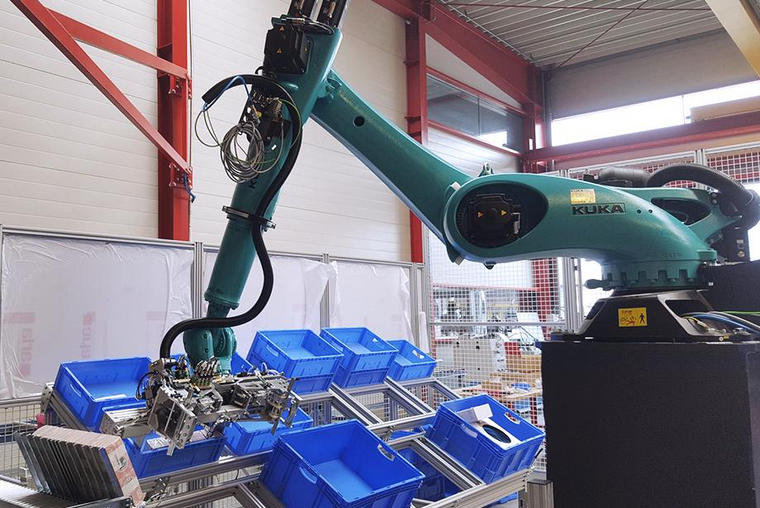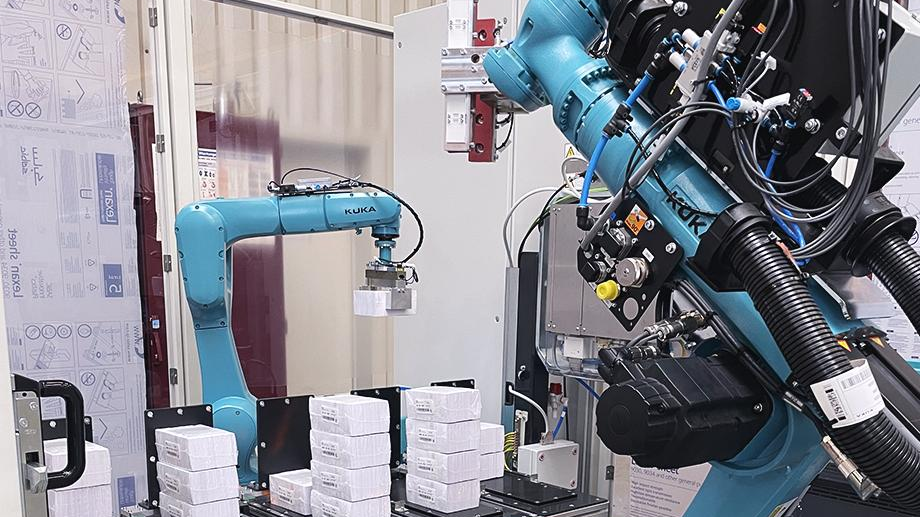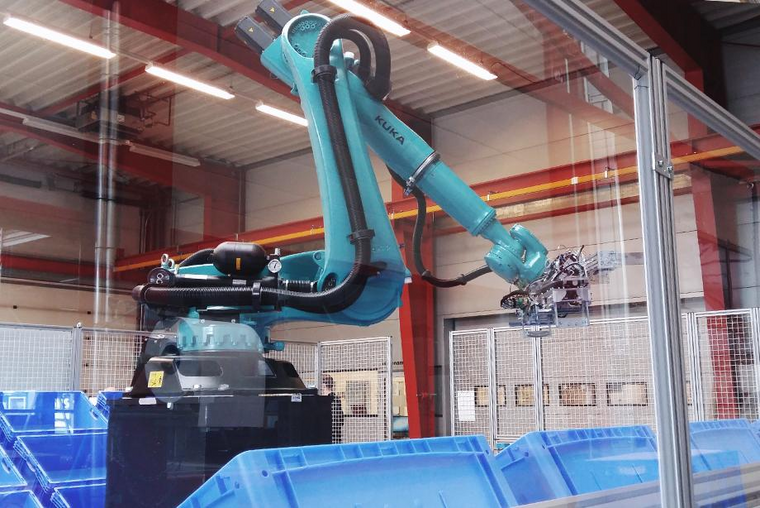The range of use cases for robotic automation is growing day by day as the cost of robot technology comes down and the sophistication and intelligence of systems rises. Just consider two very different examples in industrial settings where manual processes have traditionally dominated: Deutsche Post DHL, with its huge international logistics challenges, and Evergreen, one of the US’s largest plastics recyclers.
To support its operations at key logistics hubs, DHL Supply Chain has deployed teams of smart robots to pick and sort loose packages of different dimensions as precisely and carefully as any human. Its vast warehouses already buzz with the sound of thousands of robots taking the legwork out of order fulfillment. And the company predicts that completely autonomous robots will soon be deployed to carry out tasks as complex as unloading trailers and stacking random sizes of boxes.1, 2
A contrasting example, in both scale and focus, is plastics reclaimer Evergreen. It is using AI-powered, camera-guided robots to rapidly sort different types of plastic bottles as they pass along a conveyor, grading them by their material composition, color, and opacity. The plastic pellets and flakes that emerge from the process are then sent for recycling into new containers and packaging.3
The combination of robotics and AI is turning up in many less obvious settings, from agriculture robots that can plant, weed, and harvest, to robots designed to clean up pollution from oceans and lakes. Yet in the critical area of cash processing, automation hasn’t been applied throughout the cash cycle – at least until now, with G+D taking the lead to develop solutions for cash cycle players of all sizes.






